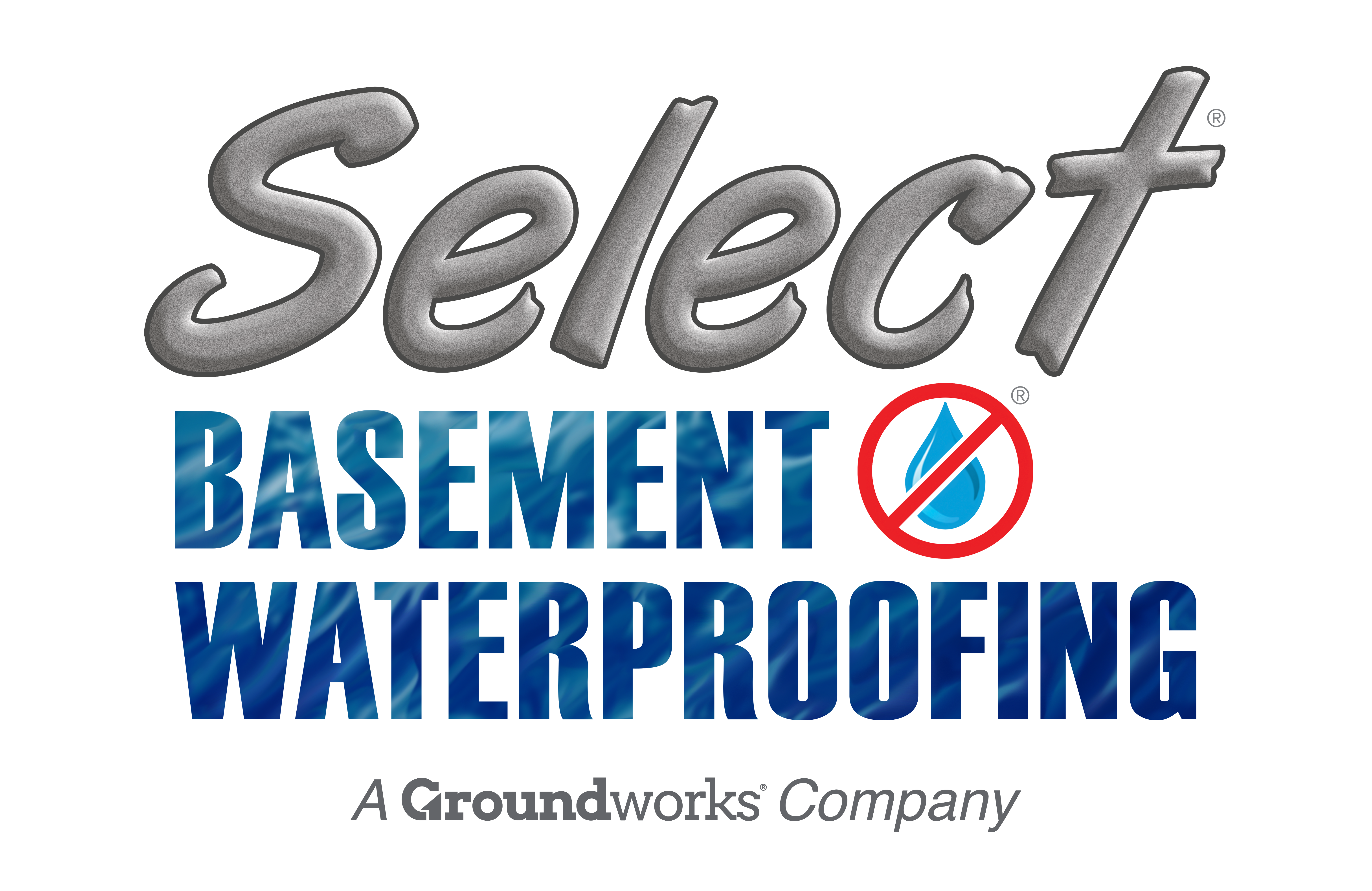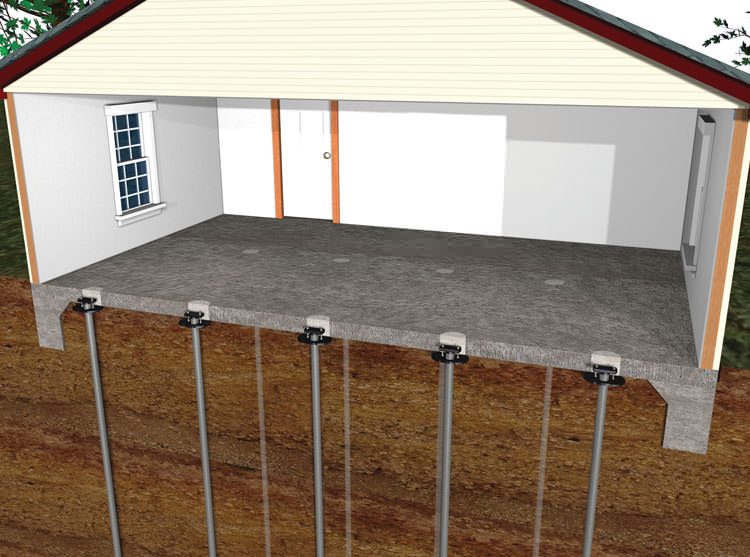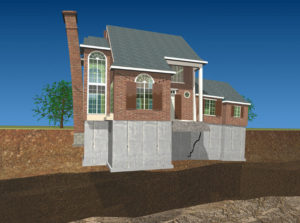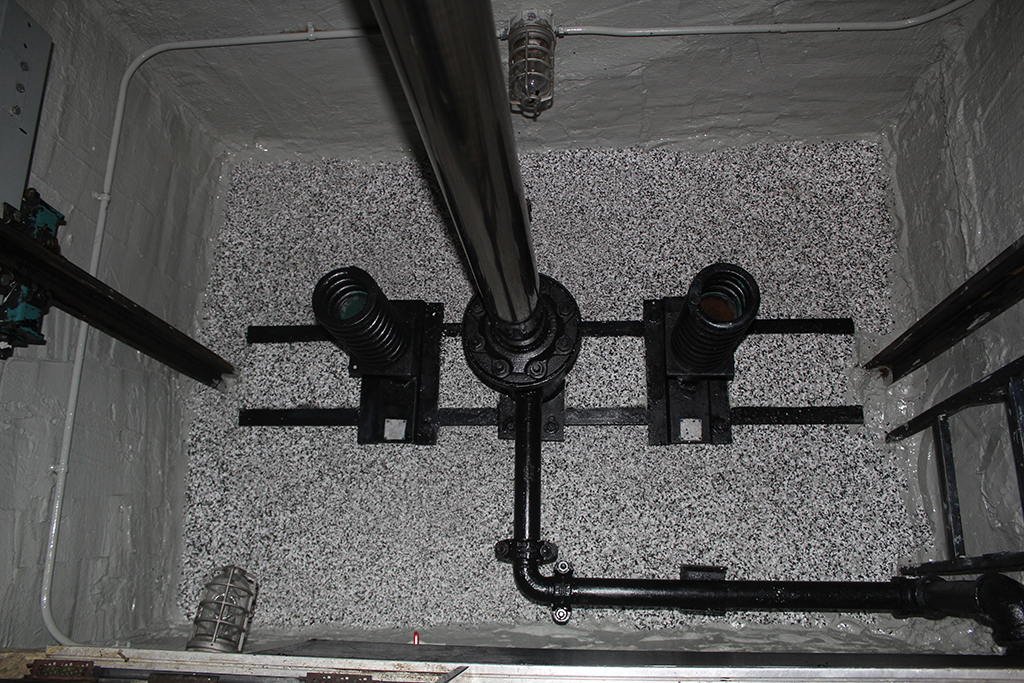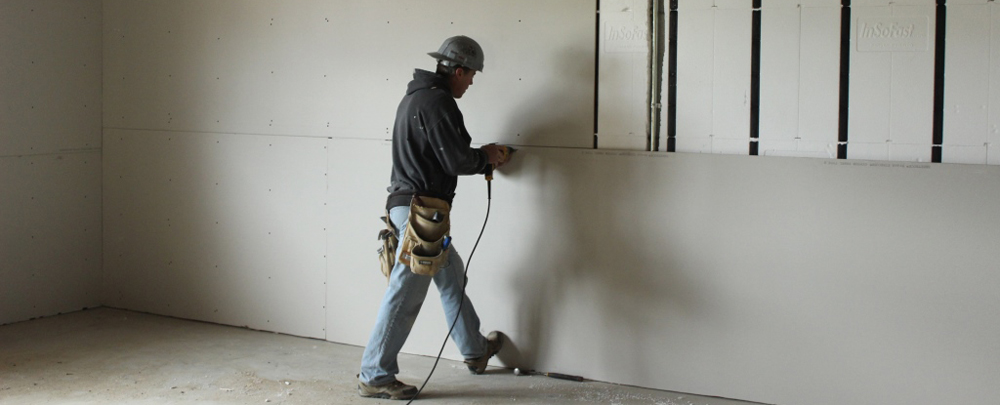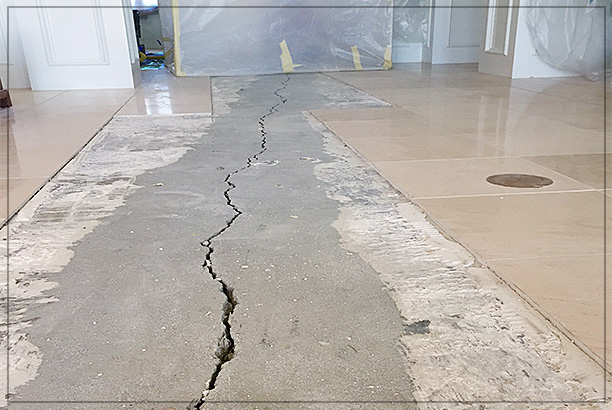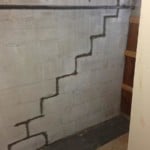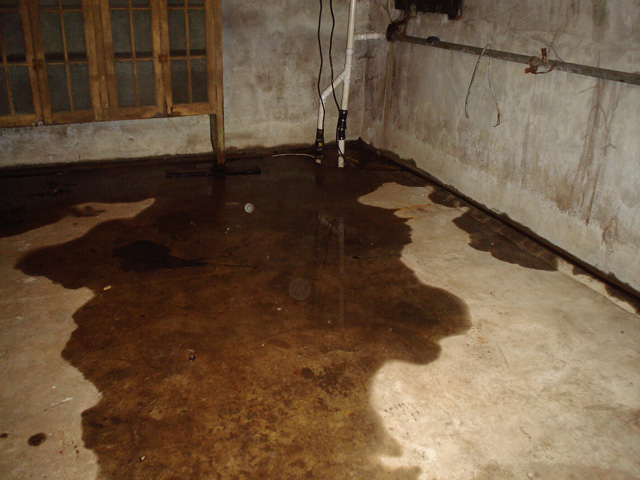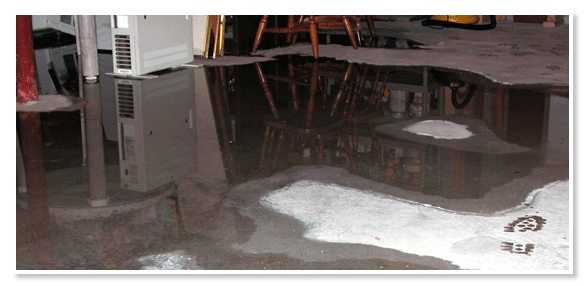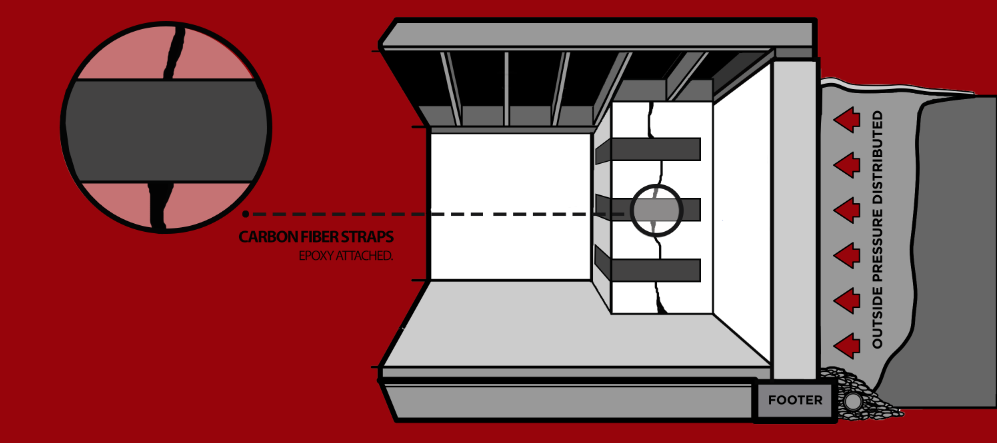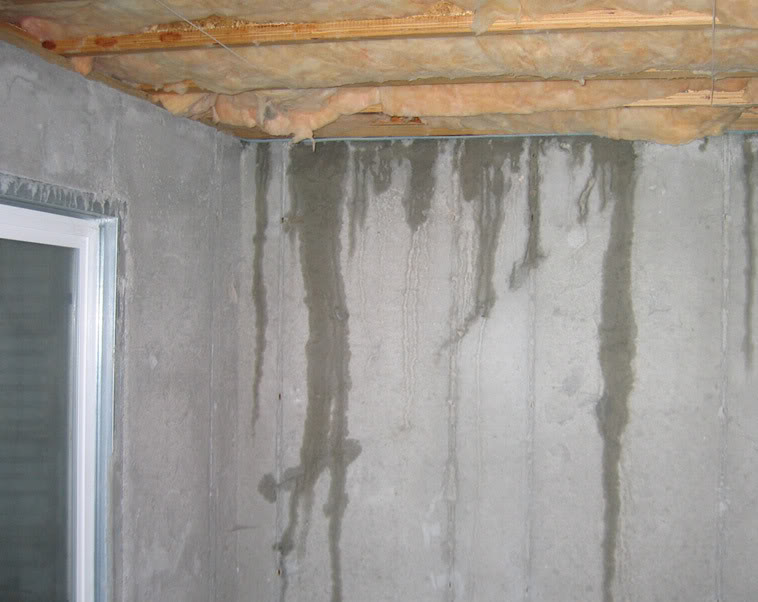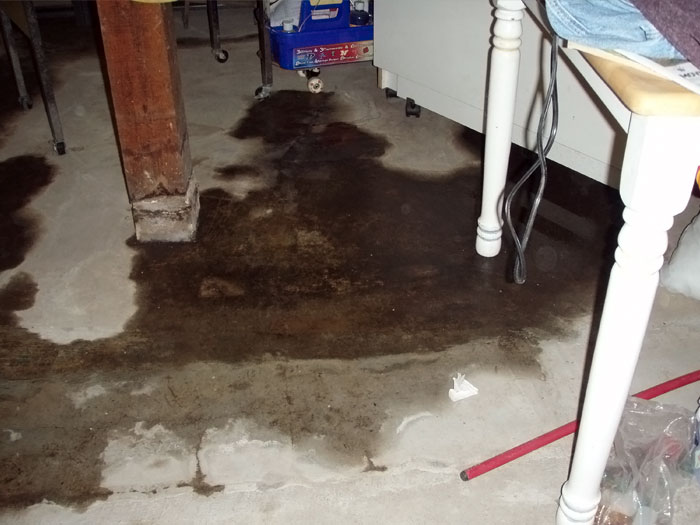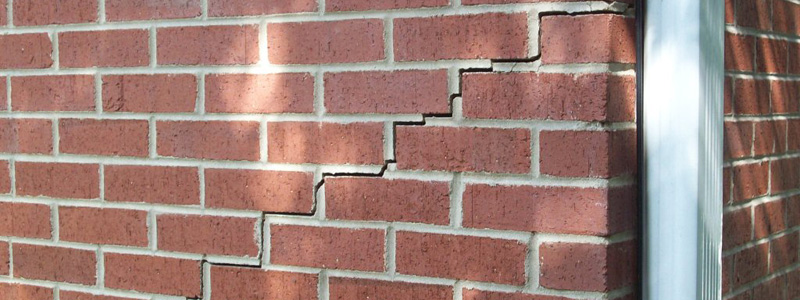Water can be good and bad for your foundation. The ground around your foundation needs a small amount of moisture to support the total weight of your home.
When there is prolonged drought, the moisture content of the ground is depleted. The soil surrounding the foundation of your home will therefore contract. When this happens, the foundation of your home will settle unevenly. This is known as a differential settlement. The result is a sinking foundation.
Signs that you have a sinking foundation
Do you suspect that your foundation is sinking? Are you unsure? You can check for the following signs to find out if you are dealing with a sinking foundation or a different problem.
- Sloping floors: Does water drain off your floors in a particular direction? If your floor was level before, check to ensure that it is not sloping.
- Your windows and doors are sticking. If your windows and doors closed and opened smoothly before but are now sticking, your foundation may be sinking.
- The formation of cracks in the basement, or foundation, is a sure sign of a structural problem with your basement.
If you notice any or a combination of the above signs, contact a contractor to have your foundation checked. This is the best way to confirm what type of problem you are dealing with.
Dealing with a sinking foundation
The sinking of a foundation is nothing new. There is, therefore, nothing to be worried about. This type of foundation problem has been plaguing home owners from the time that foundations were first used in houses. There are therefore several different repair methods that have been devised over the years.
The most common methods used for repairing these troubled foundations include:
- The replacement of the foundation
- The installation of concrete pilings
- Installation of helical piers
All these methods are still in use today. However, the replacement of a foundation is the most expensive solution.
A foundation that is sinking cannot be fixed without the assistance of a professional contractor. It is therefore important to contact one as soon as you notice any changes in the slope of your floor, the jamming of your doors and windows or cracks in basement walls.
